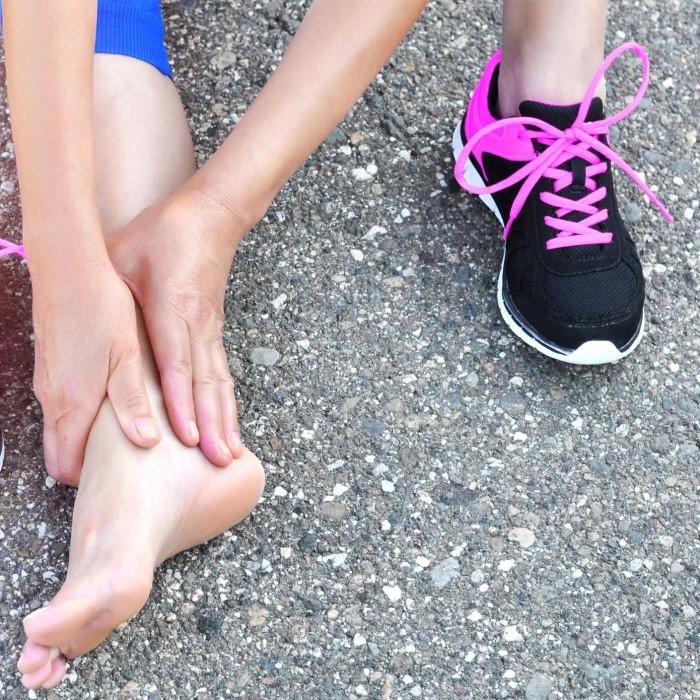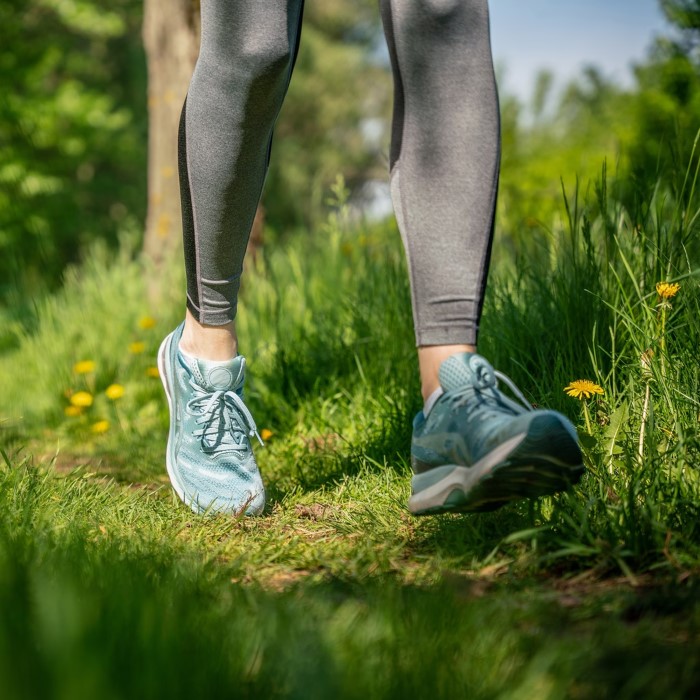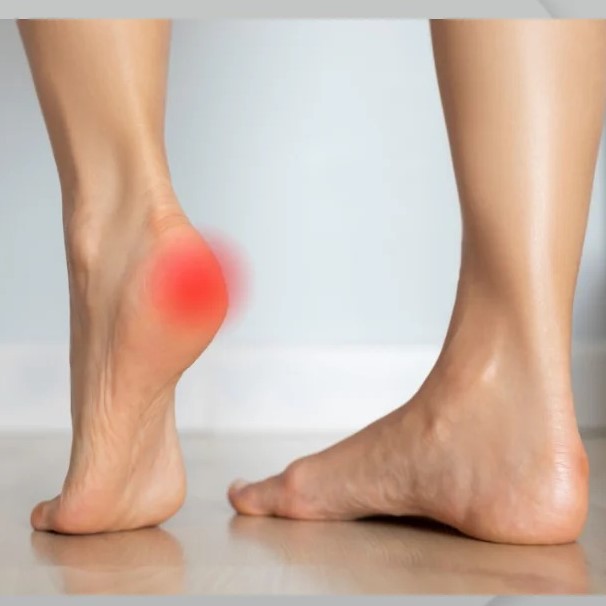Introduction
Plantar fasciitis is a common and often painful condition that affects the heel and the bottom of the foot. It occurs when the plantar fascia, the thick band of tissue that runs across the bottom of your foot, becomes inflamed. This condition can make walking and engaging in daily activities quite challenging. Luckily, choosing the right footwear can significantly alleviate pain and elevate your comfort levels. This article dives deep into how to choose the right plantar fasciitis footwear, ensuring you maintain an active lifestyle while effectively managing discomfort.
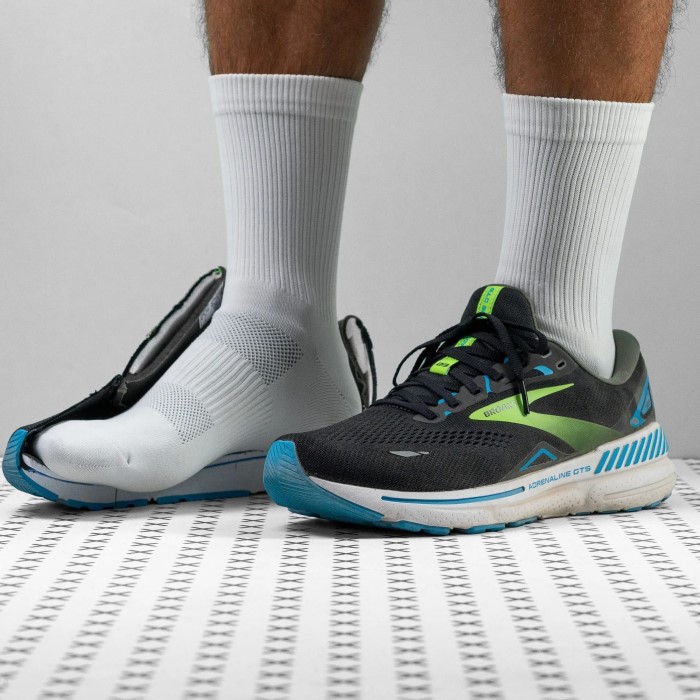
Understanding Plantar Fasciitis: Causes and Symptoms
Before discussing footwear options, it is vital to understand the causes and symptoms of plantar fasciitis. This condition is typically characterized by sharp pain in the heel or the bottom of the foot, which is often felt first thing in the morning or after being seated for long periods. Common factors contributing to plantar fasciitis include overuse (especially in athletes), being overweight, wearing inappropriate footwear, and having an abnormal walking pattern. It is important to note how footwear can impact this condition. Shoes lacking proper arch support and cushioning can exacerbate the symptoms.
Importance of Supportive Footwear
Supportive footwear plays a crucial role in managing plantar fasciitis. Poorly designed shoes can lead to increased strain on the plantar fascia, resulting in heightened pain and discomfort. On the other hand, the right pair of shoes provides stability, cushion, and support to help alleviate the symptoms associated with this condition. The overall goal is to create a healthier environment for your feet, which in turn supports your entire body posture and gait.
Key Features to Look for in Plantar Fasciitis Footwear
When shopping for plantar fasciitis footwear, certain features are essential in ensuring comfort and support. These include:
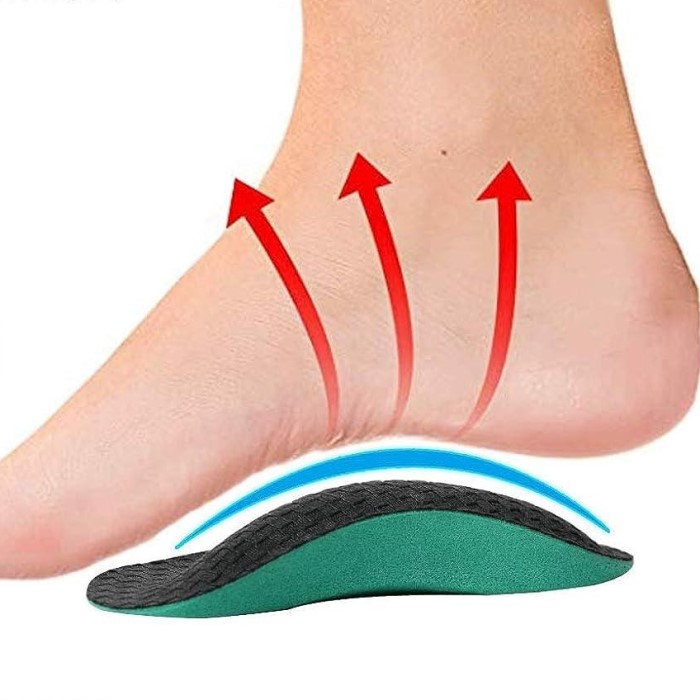
Arch Support
Adequate arch support is crucial for maintaining foot alignment and relieving pressure on the plantar fascia. Look for shoes with built-in arch support or space for custom orthotics. Shoes that promote neutral alignment can help mitigate pain and prevent additional strain.
Cushioning
Cushioned soles can absorb shock and reduce impact during activities like walking or running. Many athletic shoes come with specialized cushioning technology designed to provide extra comfort for sensitive feet. Materials such as EVA foam or gel inserts can be particularly beneficial.
Heel Counter
A supportive heel counter (the back portion of the shoe that cradles the heel) is vital for stabilizing the foot. It helps prevent excessive movement within the shoe, which can lead to further pain and discomfort. Aim for shoes with reinforced heel counters that offer firm support.
Flexibility
While support is important, flexibility also plays a role. Shoes should bend at the toe area but remain rigid in the middle. This balance ensures that your foot can move naturally while avoiding undue strain on the plantar fascia.
Breathability
Comfort is not just about support; the materials of the shoes should also allow for breathability. Shoes with mesh panels or moisture-wicking properties can keep your feet cooler and more comfortable, especially during physical activities.
Types of Plantar Fasciitis Footwear
There are several types of footwear crafted for individuals dealing with plantar fasciitis. Here’s a breakdown of some of the most common types:
1. Athletic Shoes
Athletic shoes are generally the best option for everyday use for those with plantar fasciitis. Brands like New Balance, Brooks, and ASICS offer various models that focus on arch support and cushioning. These shoes typically incorporate gel or foam midsole technology for enhanced comfort.
2. Walking Shoes
Dedicated walking shoes also provide essential support and cushioning. Look for styles that feature shock-absorbing midsoles, ample forefoot cushioning, and a snug, supportive fit. Companies such as Skechers and Merrell are well known for their comfortable walking shoes.
3. Sandals
During warmer months, wearing sandals that provide good support is crucial. Look for sandals with contoured footbeds, arch support, and adjustable straps. Brands like Birkenstock and Vionic create sandals designed with foot health in mind.
4. Slip-On Shoes
While slip-on options may seem less supportive, many brands offer stylish and supportive models. Look for those built with cushioned insoles and arch support. They should fit snugly without causing discomfort.
5. Orthopedic Shoes
If your condition is severe, consider specialized orthopedic footwear. These shoes are designed specifically for various foot conditions, including plantar fasciitis. Orthopedic shoes often feature removable insoles, allowing for customization with personal orthotic inserts.
How to Properly Fit Shoes for Plantar Fasciitis
Fitting shoes for plantar fasciitis can be slightly different than shopping for regular footwear. Here are some tips:
- Try Shoes in the Afternoon: Your feet tend to swell throughout the day, so it’s best to try shoes on later in the day when your feet are at their largest.
- Wear Appropriate Socks: Always wear the socks you plan to use with the shoes, as this will affect fit.
- Check Arch Support: Ensure that the arch support aligns with your foot’s structure. If you need more support, consider purchasing custom orthotics.
- Walk Around: Don’t hesitate to walk around the store to get a feel for how the shoe responds to your movement. Your shoes should feel comfortable and supportive right from the start.
- Be Mindful of Toe Space: Ensure there is a thumb’s width of space between your longest toe and the end of the shoe. This space allows for movement and will prevent pinching.
Maintaining Your Footwear
After finding the ideal pair of plantar fasciitis footwear, proper maintenance is crucial for longevity. Here are some tips:
Regularly Inspect Shoes
- Check for Signs of Damage: Periodically examine your shoes for visible signs of wear and tear, particularly focusing on the soles. Look for cracks, holes, or worn-out sections that might affect their functionality.
- Evaluate Cushioning: Pay close attention to the cushioning in your shoes. If it feels deflated, less supportive, or uneven, it may indicate that the shoes are losing their shock-absorbing capabilities.
- Assess Support Structure: Examine the support structures within the shoes, such as arch support and stability. If these components are compromised, they may lead to discomfort or injuries.
- Consider Replacement: If you notice significant wear or if the shoes no longer provide adequate support and cushioning, it’s wise to consider replacing them to ensure your foot health.
Rotate Your Footwear
- Utilize Multiple Pairs: Invest in a variety of shoes and make a habit of rotating them regularly. Different pairs can serve different purposes and styles, which contributes to overall foot comfort.
- Allow Recovery Time: Every time you wear shoes, the materials can become compressed. By switching between pairs, you give your footwear time to regain their original shape and flexibility.
- Reduce Wear on Specific Pairs: Rotating shoes reduces the frequency of use for any single pair, lowering the risk of rapid deterioration and extending their overall lifespan.
- Promote Healthy Feet: Using different styles can help prevent repetitive strain injuries, as various designs often provide different support and cushioning for your feet.
Keep Them Clean
- Establish a Cleaning Routine: Set a regular schedule for cleaning your footwear, depending on how often you wear them and the conditions in which they are used.
- Remove Dirt and Debris: After each use, take a moment to remove dirt, mud, or debris from the surface. Use appropriate tools like brushes or cloths to avoid damaging the material.
- Address Sweat and Odors: Regularly clean the interior of your shoes as well. Accumulated sweat can lead to odors and bacterial growth, so consider using deodorizing sprays or removing insoles for cleaning.
- Enhance Shoe Longevity: Keeping shoes clean not only maintains hygiene and comfort but also helps prevent material breakdown. Regular maintenance can significantly extend the life of your footwear.
Frequently Asked Questions
What should I wear on my feet if I have plantar fasciitis?
If you have plantar fasciitis, opt for shoes that offer excellent arch support, cushioning, and a supportive heel counter. Athletic shoes specifically designed for foot support can be an ideal choice.
What shoe drop is best for plantar fasciitis?
A moderate shoe drop between 4 to 8 mm is generally recommended for individuals with plantar fasciitis. This drop helps maintain a more natural position of the foot, reducing strain on the plantar fascia.
Do plantar fasciitis shoes really work?
Yes, plantar fasciitis shoes can be very effective in managing foot pain. When they are designed correctly, these shoes provide the necessary support, cushioning, and comfort to alleviate discomfort associated with the condition.
Conclusion
In conclusion, choosing the right plantar fasciitis footwear is critical to managing foot pain effectively. By understanding the essential features and types of shoes available, you can make informed choices tailored to your needs. It is crucial to focus on arch support, cushioning, and flexibility while ensuring a proper fit. Correct footwear will help maintain your comfort and keep you active. Don’t let plantar fasciitis hinder your daily life; with the right shoes, you can overcome this condition and enjoy a pain-free lifestyle. By following the guidance provided in this article, you will be well on your way to selecting the best plantar fasciitis footwear that suits your specific needs, promoting both comfort and health for your feet.
